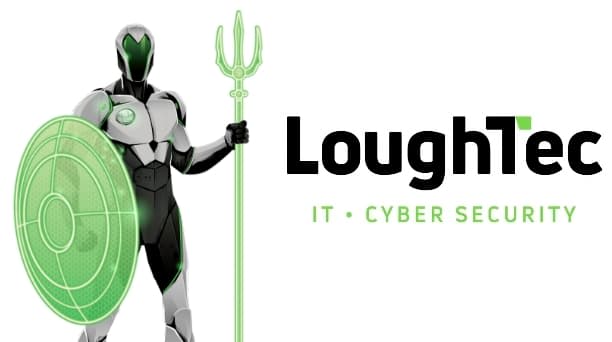Ransomware Protection
Page EnquiryWhat is Ransomware?
Ransomware is a type of malicious software (malware) designed to block access to a computer system or encrypt its data, rendering it unusable until a ransom is paid to the attacker. Once ransomware infects a system, it typically locks the user out by encrypting files or by locking the screen, displaying a message that demands payment (usually in cryptocurrency) to restore access.
There are two primary types of ransomwares:
Encrypting Ransomware: This form of ransomware encrypts the files on a victim's system, making them inaccessible without a decryption key. Notable examples include CryptoLocker, WannaCry, and Petya. The attacker provides the decryption key only after the ransom is paid, although paying the ransom does not guarantee that the files will be decrypted.
Locker Ransomware: This type locks the user out of the operating system, making it impossible to access any files or applications. While it does not typically encrypt files, it prevents users from using their system until the ransom is paid. Examples include the early versions of the Reveton ransomware.
Why is Ransomware Important to Address?
Ransomware poses a significant threat to individuals, businesses, and even critical infrastructure due to its ability to cause widespread disruption and financial loss. Here are some key reasons why addressing ransomware is crucial:
Ransom Payments
Victims may feel pressured to pay the ransom to regain access to their data, leading to significant financial loss. However, there is no guarantee that the attackers will provide the decryption key after payment.
Operational Downtime
Ransomware can bring business operations to a halt, leading to lost revenue, decreased productivity, and potential breach of contracts or service level agreements (SLAs).
Recovery Costs
Even if the ransom is not paid, the costs associated with recovering from a ransomware attack, including IT recovery efforts, data restoration, and potential legal fees, can be substantial.
Data Encryption: If backups are not available or are also compromised, encrypted data may be lost permanently.
Data Breach: Some ransomware variants exfiltrate data before encrypting it, leading to potential data breaches and exposing sensitive information. This can result in regulatory fines and damage to the organization's reputation.
Healthcare Systems: Ransomware attacks on hospitals and healthcare providers can disrupt patient care, potentially putting lives at risk.
Public Services: Attacks on government agencies and public services can halt essential services, affecting public safety and welfare.
Industrial Systems: Ransomware can target industrial control systems (ICS) and operational technology (OT), impacting manufacturing, utilities, and other critical infrastructure sectors.
To mitigate the risks posed by ransomware, organizations and individuals should adopt a multi-layered approach to cybersecurity, including:
Regular Backups: Maintain regular, secure backups of critical data and ensure they are not directly connected to the network to prevent them from being compromised in an attack.
Security Awareness Training: Educate employees about phishing and other common attack vectors used to deliver ransomware, emphasizing the importance of not clicking on suspicious links or attachments.
Robust Security Measures: Implement strong security measures, including endpoint protection and detection, firewalls, intrusion detection systems, and multi-factor authentication (MFA) to reduce the attack surface.
Patch Management: Keep software and systems up-to-date with the latest security patches to address vulnerabilities that ransomware may exploit.
Incident Response Plan: Develop and regularly test an incident response plan to ensure a swift and effective response to a ransomware attack.
Find out how LoughTec can protect your business, customers and data 24-7-365 by enquiring below







